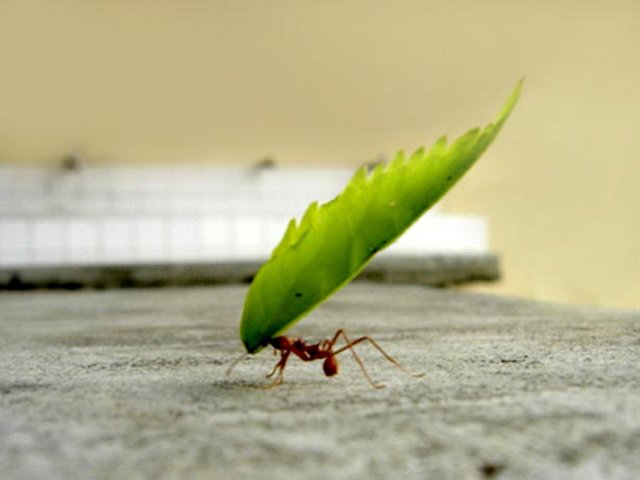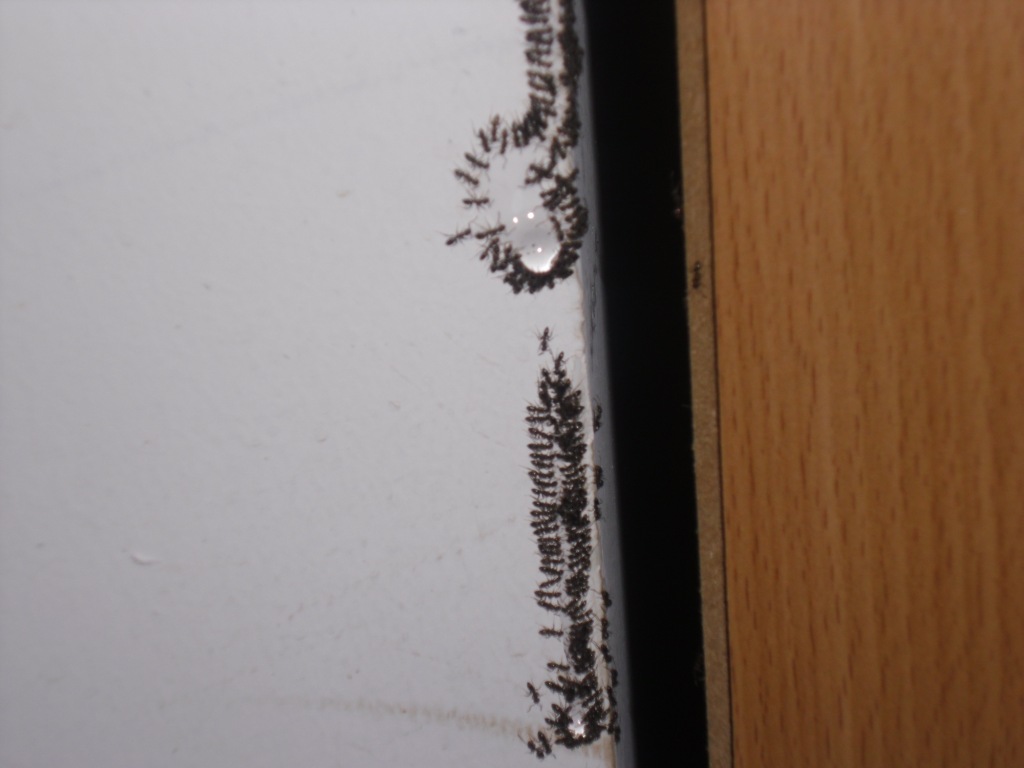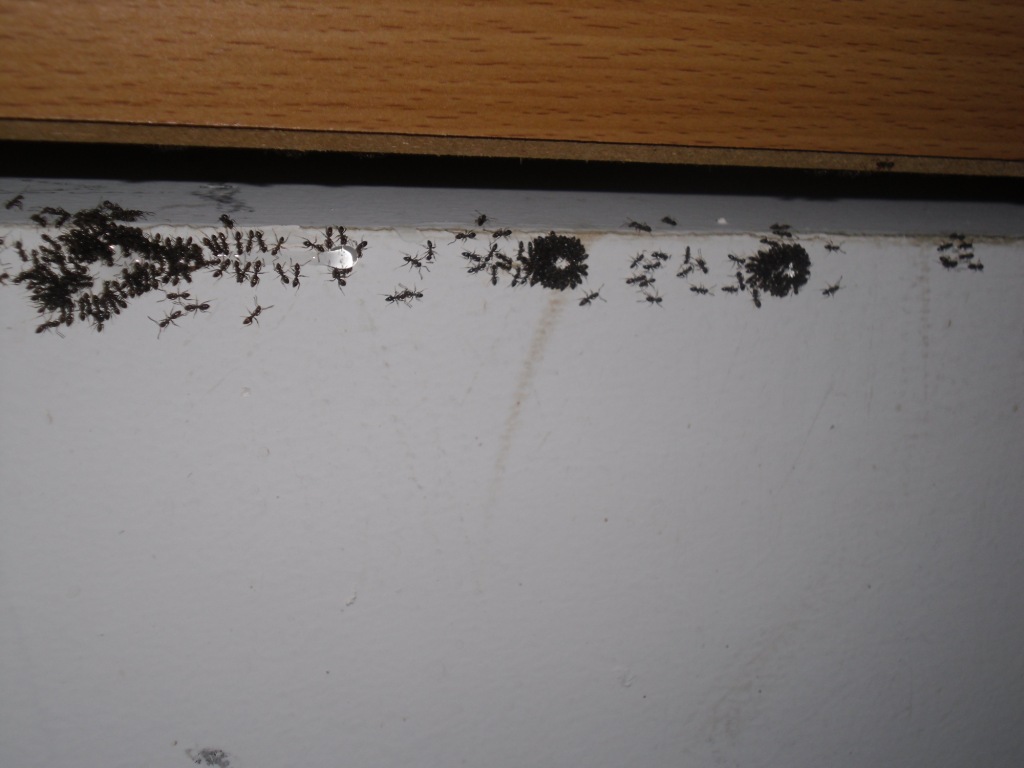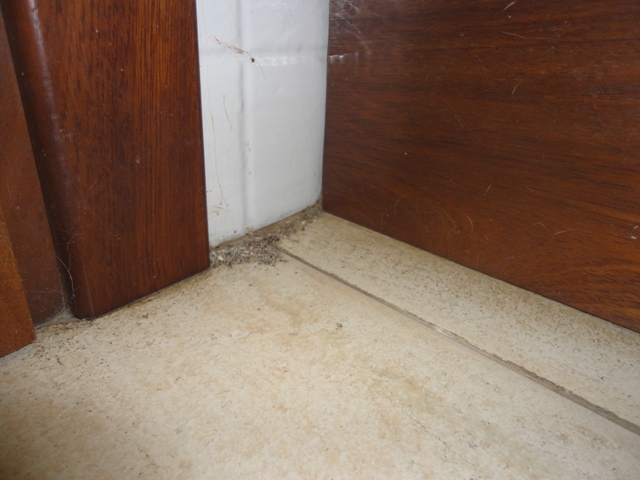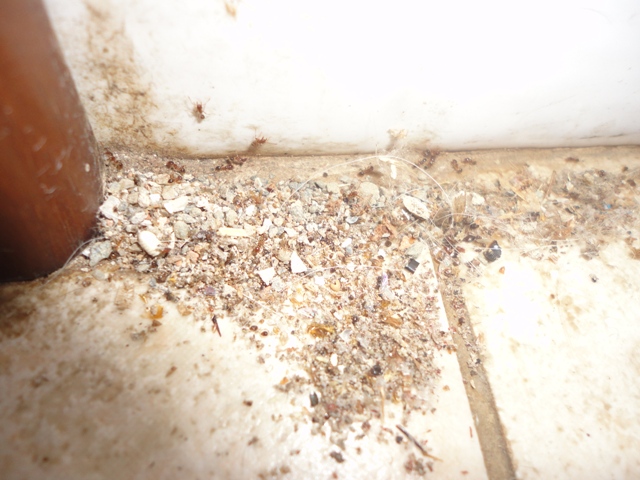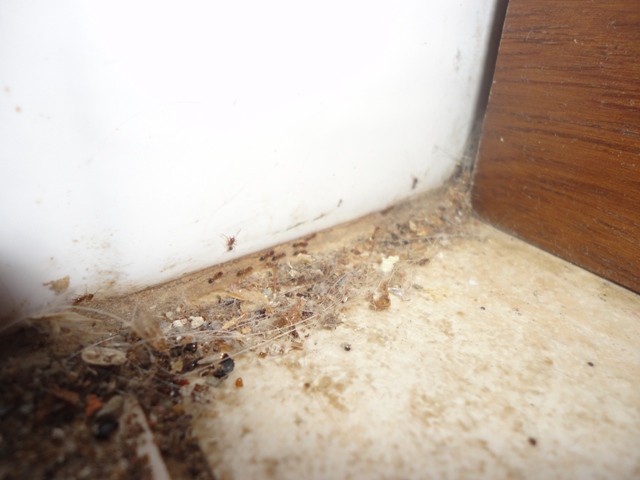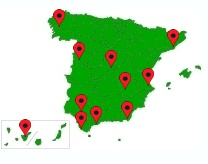- INFORMATION
General information. Ants live in colonies on the ground and form the most successful group of insects, in Europe there are 700 species of ants which often infest houses about 25 species, these are divided into two groups depending on their nesting; either on the ground or walls and walls.
Field are; pavement ants (Tetramarium caespitum), small black ant (Monomorium minimum), velvet ant trees (Liometopum), fire ant (Solenopsis) and Argentina ant (Iridomymex humilis).
And the most common nesting in walls or walls are; carpenter ant (Camponotus), thief ant (Solenopsis molesta) and Pharaoh ant (Monomorium pharaonis).
Pavement ants (Tetramarium caespitum) receives the common name for nests in cracks of pavement, there has been little research on this ant. They live abroad and nest under rocks (in cracks and near buildings) and enter inside through joints and cracks in walls natural ground level and always close to a heat source in winter. They are not aggressive but they can bite. They feed on anything, meat, cheese, honey, seeds, etc. to find their food make a journey of up to 9 meters.
Black ant small (Monomorium minimum): gets its common name from its small size, has published very little about this ant nest outdoors under rocks, gardens and interiors in rotten wood, pieces of wood and feed on oil, fruit, vegetable materials, fat and larvae. They make your route to find food on trails on walls and sidewalks.
Velvety tree ant (Liometopum): Although there are several species its common name comes from its velvety abdomen, this ant has a single queen and presented in large colonies, located on logs, rocks and trees. Their paths are active during the morning and afternoon, go indoors housing through columns in search of sweet food and can range from 80 to 90 meters from the outside.
Fire ant (Solenopsis): Get your common name because of their ability to inflict bites. Nests in foreign land makes food near and under stones, shrubs, trees, and sometimes nest in homes in areas close to the ground as symphonic boats and electrical boxes.
Argentina ant (Iridomymex humilis): This species is native to Argentina and Brazil. It is located in humid places and near food, as it is in; sinks, water pipes and flowerpots. When food is scarce go abroad in search of honey, fruit juice and plant secretions are easily moved by the branches of trees, pipes to gain access to housing.
Carpenter ant (Camponotus): this ant gets its common name from its habit of galleries in wood pieces to nest causing structural damage, establishes its first nest in rotten wood later in good condition and insulation material wood. They are annoying when they go out in search of food and destructive to wood.
Thief ant (Solenopsis molesta); This ant gets its common name from its habit of nesting near the nest of other ants who steal food and larvae also feed on mice and dead rats, and there is the possibility that they are vectors of disease organisms to humans contaminate some foods. Outdoor live nesting in the ground beneath rotting wood, trash and trees, feed on any organic matter and vague interior throughout the house in search of food, but it leads the way to its nest.
Pharaoh ant (Monomorium pharaonis) is thought to be native to the African region and has been very involved in the spread of various pathogenic diseases. The pharaoh ant is a problem in commercial food establishments. Nest in inaccessible areas such as bedding, under furniture, walls, and search for food and water routes down power lines, so we can move on to homes and shops.
Control and elimination method ant
Home methods are not effective for ant control, for this reason our qualified technicians study each case.
1.Species identification and location of anthills.
2. Creating a control program, which depends on the problem area of infection.
3.Application of an appropriate insecticide for each case in places considered most appropriate to control the pest, also help reduce invasion into homes, premises and buildings treatments barriers. It is noteworthy that the most effective method of combating ants is called 'priming'.



